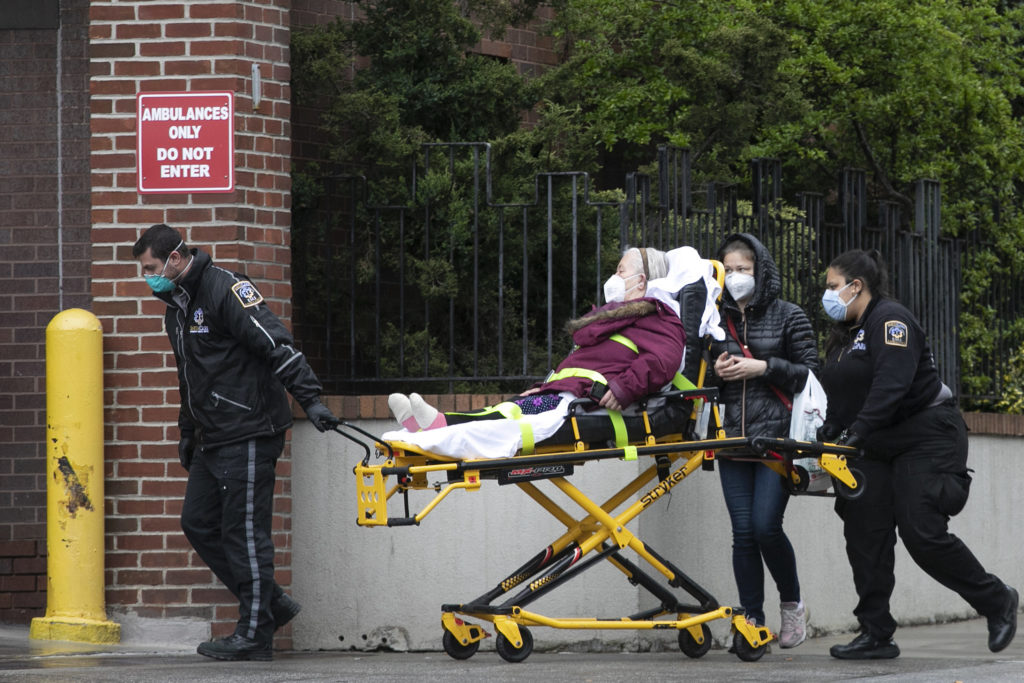Most new COVID-19 patients in NY not working, older: survey

NEW YORK (AP) — The great majority of people newly hospitalized with the coronavirus in New York are either retired or unemployed and are avoiding public transit, according to a new state survey, the first such look at people still getting seriously ill despite six weeks of severe social distancing.
The survey of 1,269 patients admitted to 113 hospitals over three recent days confounded expectations that new cases would be dominated by essential workers, especially those regularly traveling on subways and buses.
Retirees accounted for 37 percent of the people hospitalized. Another 46 percent were unemployed. Almost three-quarters were 51 years or older. Only 17 percent were working.

Brooklyn Boro
View MoreNew York City’s most populous borough, Brooklyn, is home to nearly 2.6 million residents. If Brooklyn were an independent city it would be the fourth largest city in the United States. While Brooklyn has become the epitome of ‘cool and hip’ in recent years, for those that were born here, raised families here and improved communities over the years, Brooklyn has never been ‘uncool’.